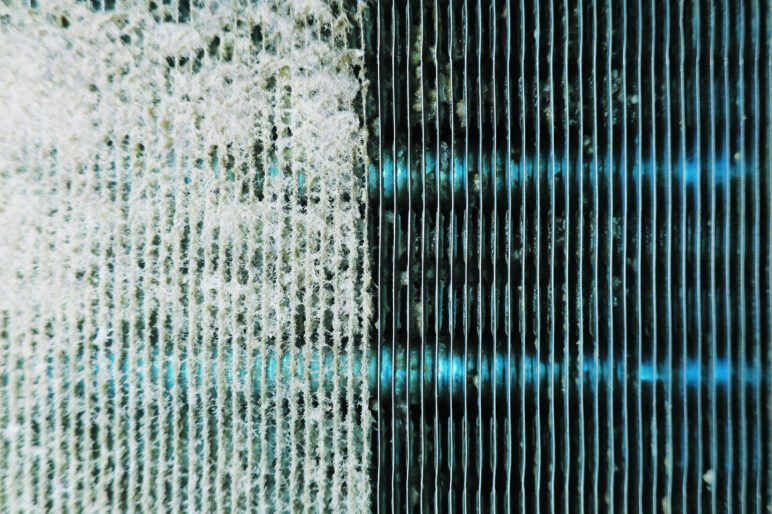Last summer, Canada and the U.S. were challenged with limited air quality and pollution due to the increased wildfires in both countries. The Canadian Interagency Forest Fire National Fire Summary recorded 6,623 fires in Canada in 2023, destroying a total of 18,401 hectares of forest. According to experts, Canadians need to be on “high alert” this year, as well, based on early indicators.
Relying on our HVAC systems to filter out that air pollution may be an issue, as the particles are smaller than originally believed, measuring about three microns. This can become an issue for heating and cooling systems, as most of the filters do not capture particles that small, leaving people inside the building exposed to poor indoor air quality.
So, how can heating and cooling handle the increased pollution and the small particles that wildfires put into the air?
- One option is to upgrade to a filter rated MERV 13 or higher, along with setting the fresh air intake of your central system to recirculate mode. This will increase the filtration and discourage outdoor air from getting inside the building.
- Filters with fibreglass are also considered an upgrade, performing more effectively in keeping wildfire smoke out of the air. However, they also cause more resistance to airflow in HVAC systems, which can reduce overall performance and add stress to the system, decreasing its life expectancy long-term.
- You may also want to provide N95 or respirator masks for your staff and guests to help protect them from the effects of the smoke while inside the building.
- Check your filters more often to see whether they have degraded and are still functioning as efficiently as they should be. You may need to replace them more frequently during forest fire season.
- Weatherproof the building to mitigate any chances of unwanted smoke from entering your building. Seal all penetrations, re-caulk your windows, and add door sweeps and weather-stripping to limit entrance points.
- Purchas an indoor air quality monitor to gauge the effectiveness of your efforts and adjust your strategy as needed. On a scale of zero to 500, an AQI (air quality index) of 50 or below is considered safe inside your building.
Wildfires are a real concern for air quality, both outside and inside your building. Keep staff and visitors protected as much as you can by taking a proactive approach this spring.










